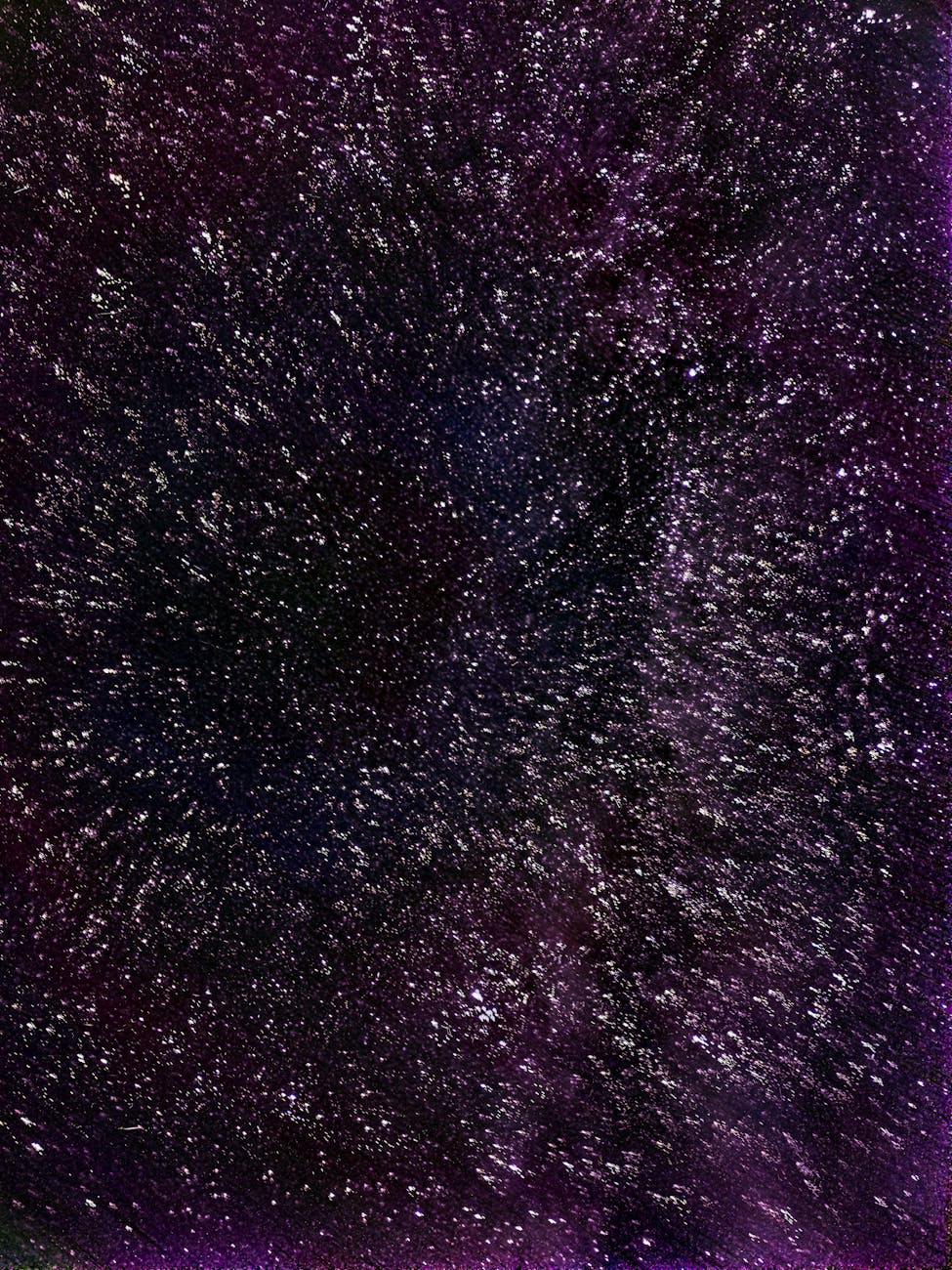Quantum Entanglement: Spooky Action or Scientific Gap? 5 Mind-Bending Questions

Quantum Entanglement: Spooky Action or Scientific Gap? 5 Mind-Bending Questions
Imagine two coins, flipped simultaneously, landing on opposite sides of the world. No matter how far apart, they always land on opposite sides – heads and tails. That’s eerily similar to quantum entanglement, a phenomenon so bizarre, even Einstein called it “spooky action at a distance.” But is it truly spooky, or does it simply highlight a gaping hole in our current understanding of the universe?
What is Quantum Entanglement, Really?
Quantum entanglement is a bizarre connection between two or more particles. Once entangled, these particles share the same fate, regardless of the distance separating them. Measure the property of one (like its spin), and you instantly know the property of the other, even if they’re light-years apart. It’s as if they communicate faster than the speed of light, violating one of the fundamental tenets of Einstein’s relativity.
The EPR Paradox: A Clash of Titans
Einstein, Podolsky, and Rosen (EPR) famously argued that entanglement implied “spooky action” – a faster-than-light influence – challenging the completeness of quantum mechanics. They proposed that quantum mechanics was incomplete, missing some hidden variables that determined the particles’ properties before measurement.
5 Mind-Bending Questions About Quantum Entanglement
1. Is Information Really Traveling Faster Than Light?
The seemingly instantaneous correlation between entangled particles raises a profound question: Is information truly traveling faster than light? Most physicists argue no. The correlation exists, but no actual information is being transmitted. Think of it like two coins flipped at once; the outcome of one doesn’t influence the other, they’re simply correlated from the start.
2. What Role Does Measurement Play?
The act of measuring a quantum particle seems to “force” it into a definite state. This is where things get even weirder. Before measurement, entangled particles exist in a superposition – a blurry mix of all possible states. The measurement seems to collapse this superposition, instantly affecting the entangled partner. Is the measurement creating the reality, or simply revealing it?
3. Are Hidden Variables the Answer?
Einstein’s hidden variable theory suggested that the particles’ properties are predetermined, and entanglement is just a reflection of this pre-existing correlation. Bell’s theorem, however, experimentally ruled out local hidden variables, suggesting something truly non-local is at play.
4. Could Entanglement Lead to Quantum Computing Revolution?
Entanglement is not just a theoretical curiosity; it’s the foundation of quantum computing. Quantum computers leverage entanglement to perform calculations far beyond the capabilities of classical computers, potentially revolutionizing fields like medicine, materials science, and artificial intelligence.
5. Does Entanglement Imply a Deeper Connection in the Universe?
Some interpret entanglement as evidence of a deeper, interconnected universe, where particles are fundamentally linked, regardless of space and time. This perspective suggests a radical departure from our classical worldview, hinting at a universe far more holistic and interconnected than we ever imagined.
The Spooky Truth (or Lack Thereof)?
Quantum entanglement remains one of the most perplexing and fascinating phenomena in physics. While it doesn’t necessarily prove “spooky action,” it undeniably challenges our understanding of reality, space, time, and information. The debate continues, pushing the boundaries of scientific inquiry and inspiring awe at the universe’s profound mysteries.
What do YOU think? Let us know below!



